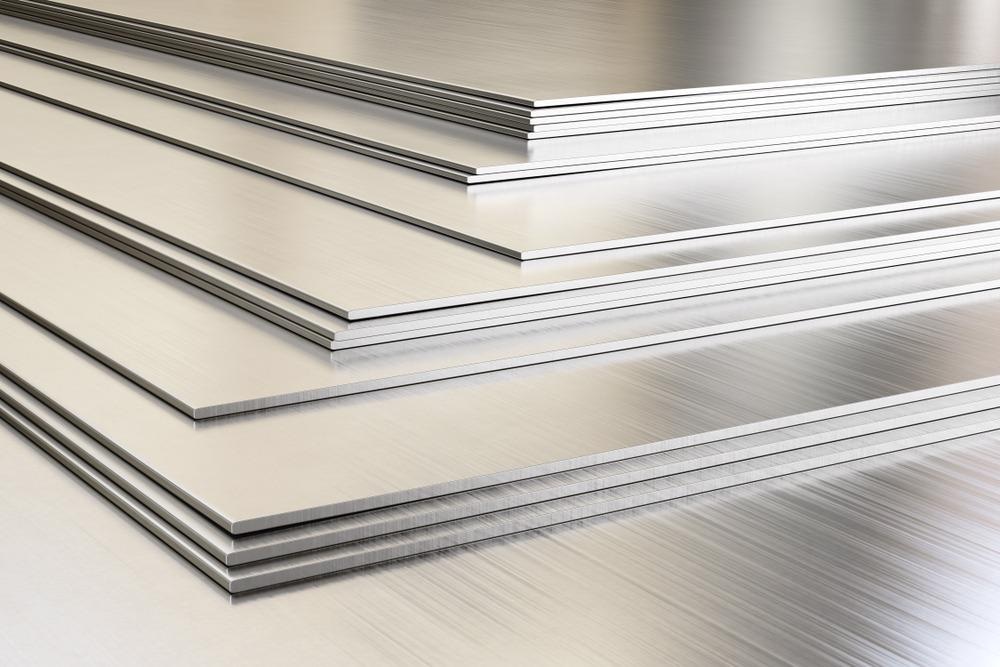Photoelectrochemical (PEC) cathodic protection is shown to be effective in preventing the corrosion of metals. The charge separation effect of the Schottky junction structure on the interface could help enhance the PEC’s performance.

Image Credit: SimoneN/Shutterstock.com
Recent research headed by Dr Xiumin Ma from the Institute of Oceanology of the Chinese Academy of Sciences (IOCAS) has discovered that new composites, Ti3C2Tx MXene/g-C3N4, displayed good photoelectrochemical cathodic safety performance for 304 stainless steels (304 SS).
The study was reported in the Journal of Photochemistry and Photobiology A: Chemistry.
The scientists made pure g-C3N4 nanosheets and Ti3C2 nanosheets by the thermopolymerization technique and the chemical etching method, and further the Ti3C2Tx MXene/g- C3N4 composites by the one-step electrostatic self-assembly method.
In comparison with pure g- C3N4, the charge carrier density of TC-x/CN composites was enhanced. This directly confirms the high separation effect of Schottky junction at the interface between g- C3N4 and Ti3C2 on the spatial charge.
The current density of TC-x/CN composites was bigger compared to that of pure g-C3N4 at both negative and positive bias potential. This disclosed that more electrons were produced and housed in TC-1.0/CN composites.
When compared to pure g-C3N4, the starting potential of TC-1.0/CN slightly shifted from −0.479 V to −0.542 V, which confirmed a bigger driving force for the electrons transfer from TC-1.0/CN to the 304 SS. Such outcomes assured that TC-1.0/CN composite could provide a better photocathodic protective effect on the 304 SS.
The characterization of the samples revealed that the electron density at the surface of g-C3N4 was far more intensive compared to that of Ti3C2.
The construction of the Schottky junction can efficiently increase the photo-induced spatial charge separation, resulting in their better performance in corrosion protection for the novel composites.
Dr Xiumin Ma, Institute of Oceanology, Chinese Academy of Sciences
This work offers a better understanding of the design and synthesis of MXene-based photoanode for PEC cathodic protection.
This study was financially supported by the National Natural Science Foundation of China, the Science and Technology Research Program of China Railway, and the Applied Basic Research Program of Nantong.
Journal Reference:
Ma, X., et al. (2022) Interfacial Schottky junction of Ti3C2Tx MXene/g-C3N4 for promoting spatial charge separation in photoelectrochemical cathodic protection of steel. Journal of Photochemistry and Photobiology A: Chemistry. doi.org/10.1016/j.jphotochem.2022.113772